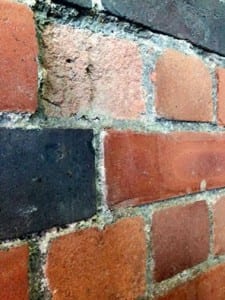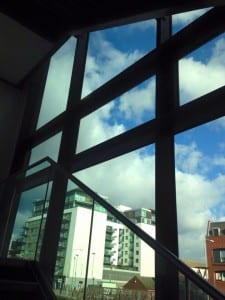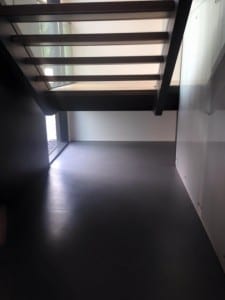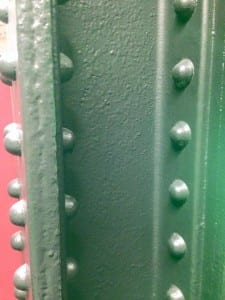In preparation to writing a chapter to my audio guide called ‘A guide to doing an Essay the day before it’s due’, I conducted a small experiment to identify traits of rushed essays that I could include in the chapter. Using three participants from my class, I gave them each an essay title from a subject they were unfamiliar with and instructed them to write a five-hundred word essay in the next twenty minutes. I observed them to see how they attempted to accomplish the task. These are the essays they wrote:
Discuss how natural resources have helped or hindered the development of specific nations or regions.
Natural resources can contribute in human nature helping sustain and develop the environment but also it can damage the environment we live in. I shall discuss how natural resources can either damage or develop our environment. Pollution is a much disputed issue in our world at the current time and natural resources (we are told) tend to help contribute to the environment, helping sustain and protect the world. We need specific natural resources to survive- oxygen, water and soil are essential to our lives and without them we would surely die. Without natural resources nations would be wiped out completely, there would be no fresh oxygen, no clean water, no soil and no nation.
To what extent can modern western family structures be explained by evolutionary psychological theory?
As a modern family in the west, people are constantly learning something new. From being a baby, everybody’s lives are structured around other people. Everything they learnt has been passed on, they have evolved to learn their skills. For example in the use of language, babies start off with gabbling which then evolves into the odd coherent word, this in turn leads onto fully formed sentences. As they grow things around them like, culture and family, alter the way they live their lives. This can clearly be seen in a family unit, because each member has the ability to effect another member. Whatever the mother figure does could easily change how the daughter acts around her social friends and also how she views life in general, and the same can be said for the father figure and a son. As the family grows, they will pass on another form of knowledge to help other members ‘survive’ or ‘cope’ or even just to make things easier. Something that can’t be passed on is a fear or phobia of certain things like spiders, clowns and snakes. Being afraid of these is a basic instinct for survival more than something that is taught or handed down.
‘Judges should be given no discretion in sentencing criminals: all criminal penalties should be fixed by statute. The exercise of discretion in sentencing requires an exercise of moral judgement by the judge, and judges in a modern democracy should not be allowed to exercise moral authority over their fellow citizens.’ How far do you agree? Give reasons for your answer.
In modern law, there are often complications to each case which provide difficulty for the judge when deciding an outcome. This has both flaws and positives when looked at in theory. The factor of moral authority and judgement could be seen to complicate a trial or case, the judge may be bias in one moral area, rather than another and this could then complicate the outcome, creating a different sentence rather than that which is actually fixed by statute.
However, in modern day, cases often have issues that must be addressed before deciding an outcome, such as physiological problems that contribute to the crime committed by the criminal. In many cases, it is revealed that a criminal suffered from a mental illness such as bipolar or schizophrenia. This obviously complicates a trial and a judge may feel a sense of empathy for said criminal when regarding their mental illness. As mental illness is more understood and studied in modern day science, this can contribute to the punishment that a mentally ill criminal would receive when found as guilty, such as a punishment that included receiving mental help, or even being put in an asylum. Evidence for this can be found when looking at Broadmoor and the patients and criminals that have been checked into there in the past, such as Ian Brady, although a malicious criminal, Ian was also seen as mentally unstable which resulted in the court sentencing him to time inside Broadmoor.
Despite having very different questions, the participants worked as a team, briefly reading through each other’s work and making suggestions. On reading the essays, I picked out similar qualities that the essays share. The first two both opened with a slight rephrasing of the title, offering nothing in actually answering the question. All the essays use repetition and unnecessarily elongate sentences to increase the word count. They all have confusing grammar, are written from one source and the last one especially contains various misplaced or wrong terminology. I am going to try to reference all these things when writing this chapter of the audio guide.
Josh Curran



